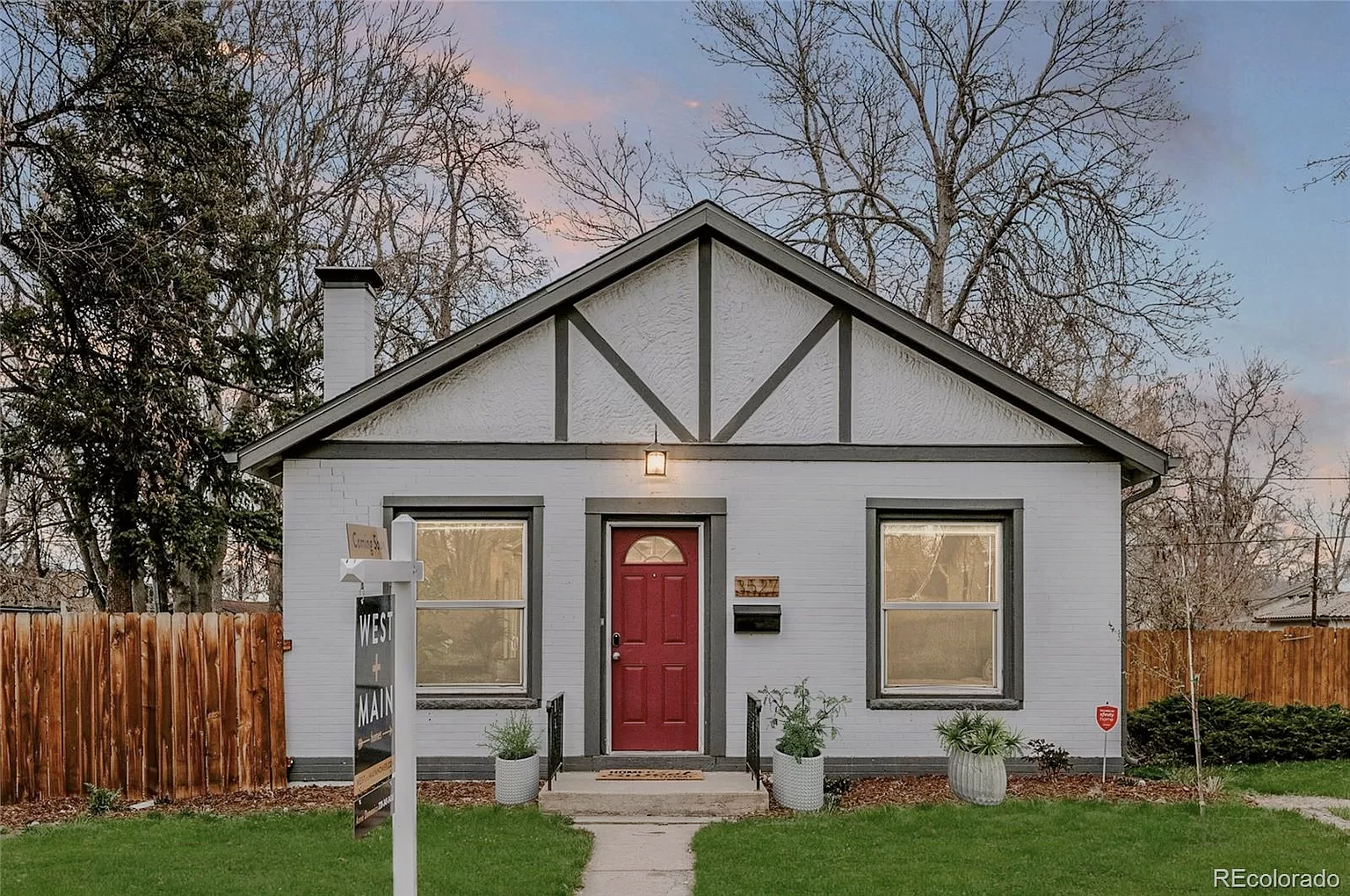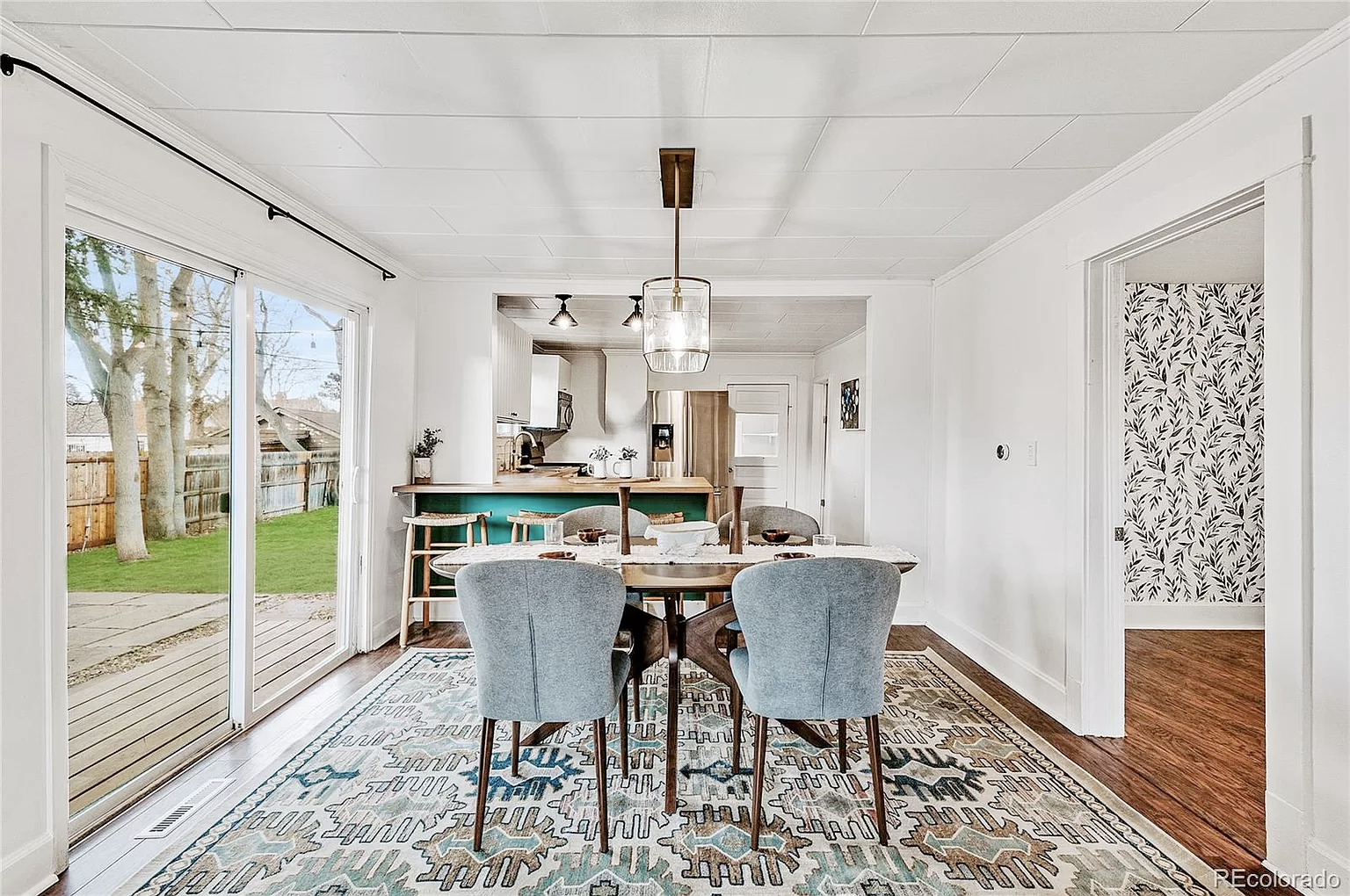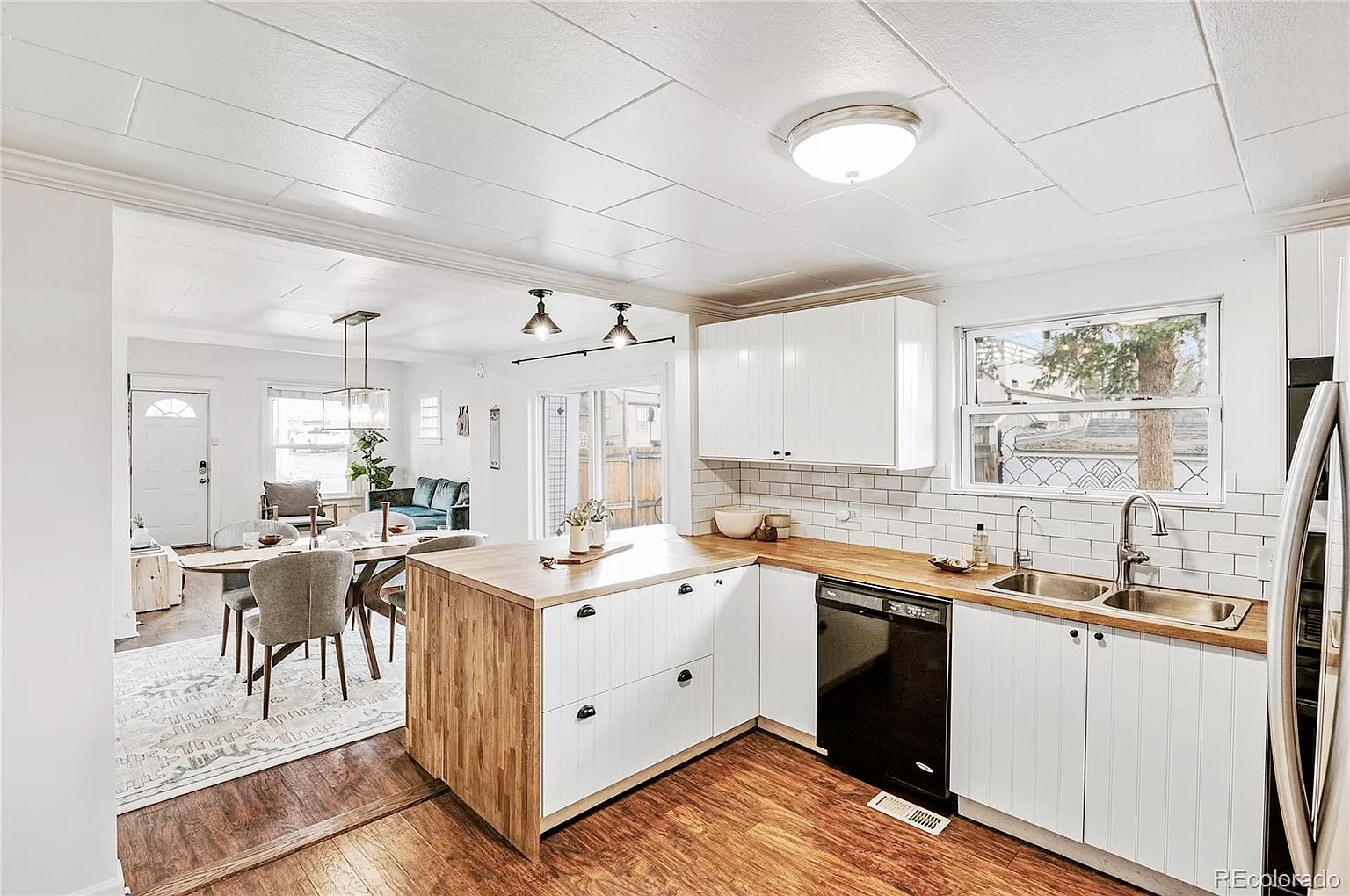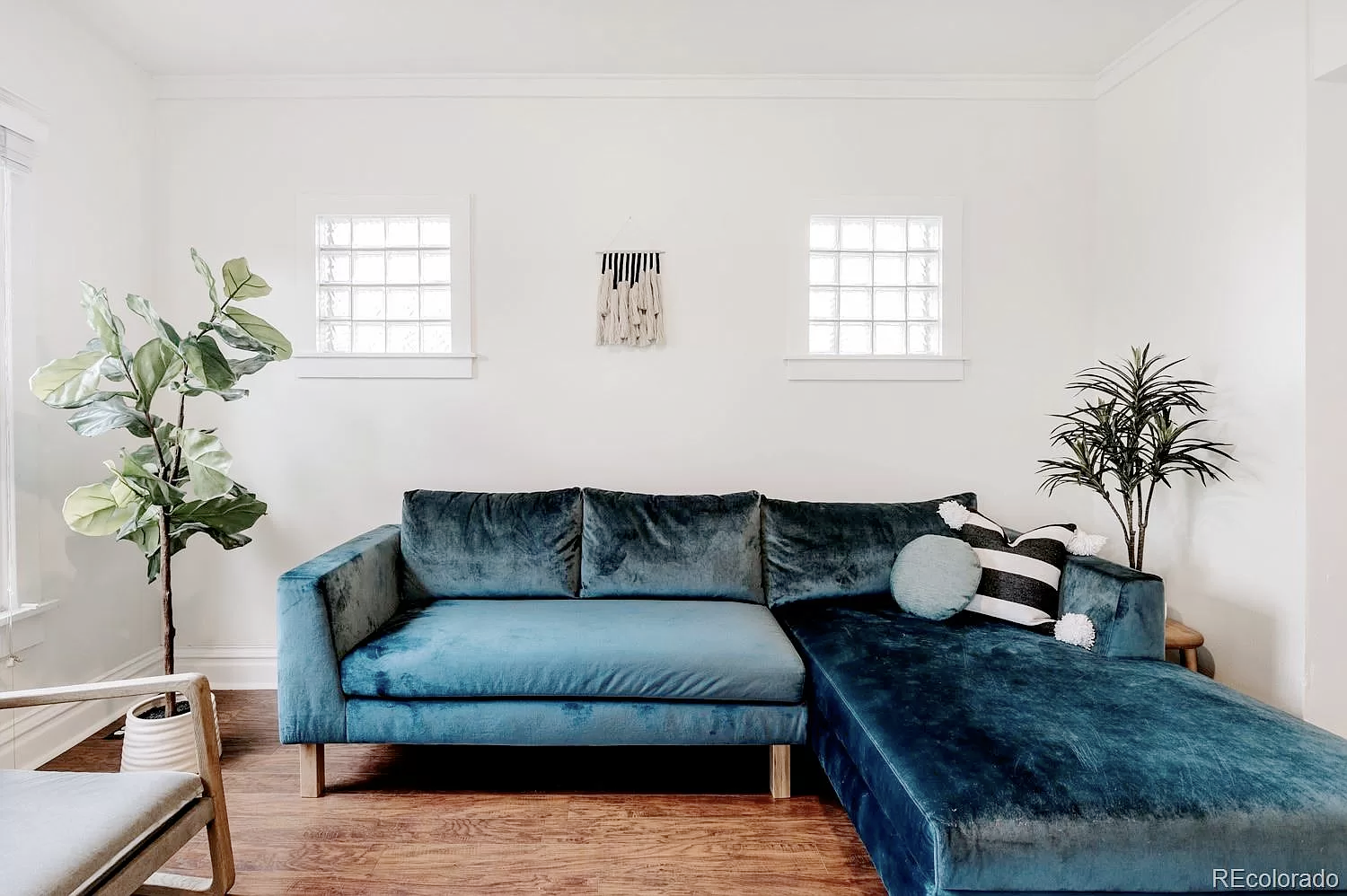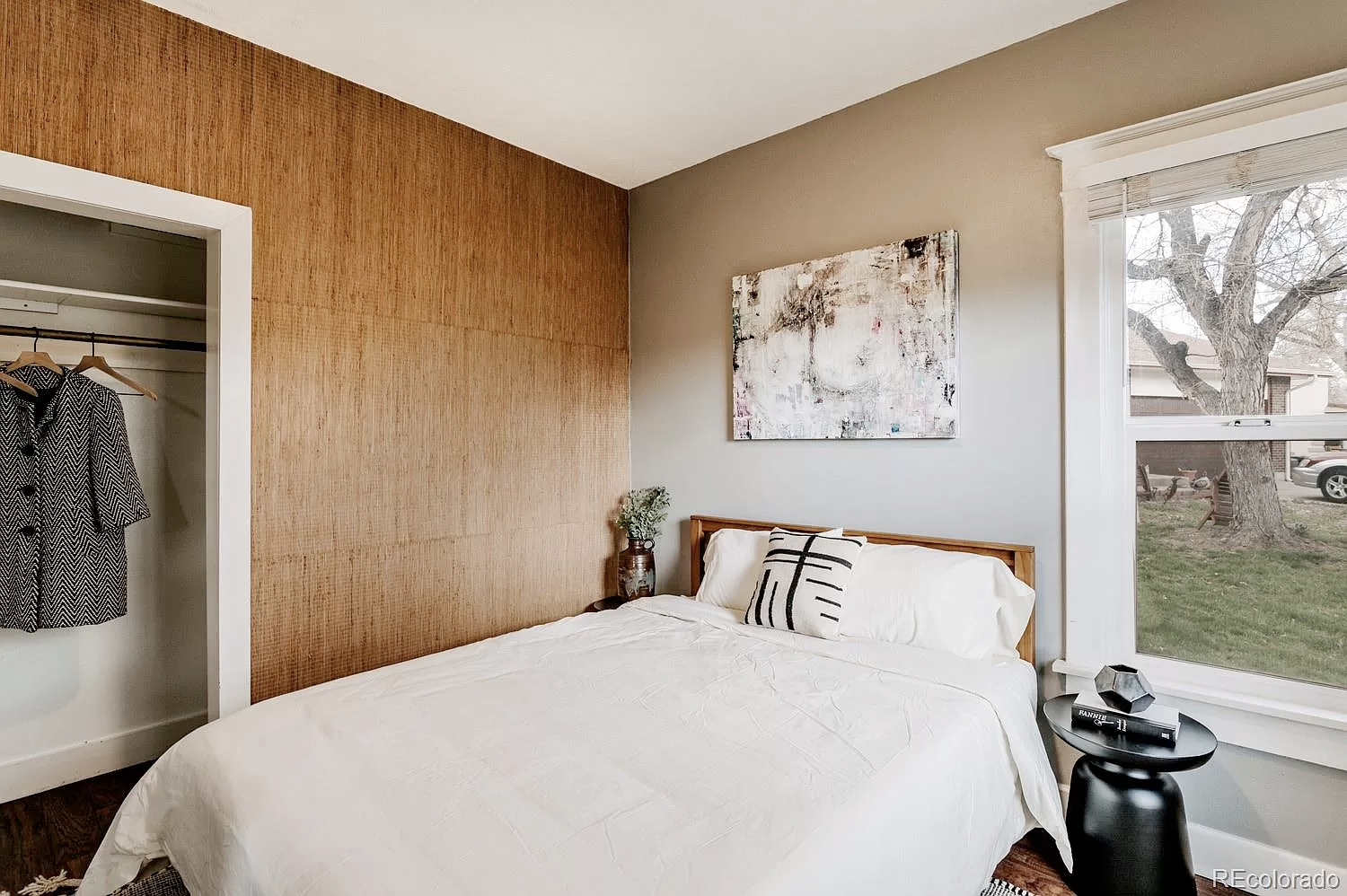Since the “stay-at-home” order went into effect due to the coronavirus pandemic, massive budget cuts have been occurring throughout the vast majority of the industries around the globe, including real estate.
Despite the government declaring the real estate profession as an “essential” business in most of the U.S. states, there has been a noticeable slowdown in activity across the country, which caused thousands of real estate companies to start substantially cutting and even completely freezing their marketing budgets.
But is this really a good idea to do so? Or perhaps the current situation presents an incredible opportunity for real estate professionals to expand their business despite all the odds, according to Oleg Donets, founder of Real Estate Bees:
Regardless of whether you are a solo agent, a team lead, a brokerage owner or an investor, it’s important to think carefully about your marketing and other budgets in times like these.
Reason No. 1: Capitalize on Deeply Discounted Exposure
It is not a secret that numerous mass media and advertising firms are suffering tremendous losses as a result of the abrupt budget cuts due to COVID-19 outbreak.
For instance, according to The Wall Street Journal, in March alone the cost to run an ad on Facebook in front of 1,000 users dropped 15-20 percent compared to February. A similar cost drop per 1,000 impressions, in particular a 22 percent plunge, was registered for Instagram.
The largest video search engine in the world, YouTube, has also been suffering 15-20 percent drops in ad cost during the same period. There are many other large digital media and advertising platforms that have a similar impact on their ad revenue.
Over the last 30 days, we have been receiving numerous discounted pitches from various media and ad space selling agencies. Some of the offers were, in fact, quite attractive.
For instance, we have received a pitch from a fairly well-known regional homeowner magazine that reaches about 1.5M readers through their physically circulated and digital version of the journal.
The publication offered us a deeply discounted package, for which we used to pay 2x more. It was a no brainer to us and to our strategic real estate investing partner, a national iBuyer, HouseCashin, from whom we have been buying ad space for quite a while.
The ROI was through the roof especially in conjunction with this unfortunate situation due to the favorable conditions for large cash homebuyers like HouseCashin.com.
That being said, it doesn’t matter what type of real estate company you run. What is important is that you can currently get a tremendous exposure in front of your target audience for deeply discounted prices than ever before.
The economy will bounce back soon, and you will no longer have this amazing opportunity as it exists now. Take advantage of it while everybody else cut on their marketing expenses.
Reason No. 2: Capture Market Share When Everyone Else Is Halted
As more and more real estate professionals desert the marketing and advertising field, it opens up many lucrative opportunities that would not have been available otherwise. One of the many is to capture greater market share while the majority of your competitors are pooling out.
To demonstrate this strategy, I’d love to use one of our most recent examples. For those who are strongly against using Zillow’s Premier Agent advertising platform, I apologize upfront, but this section will be about using the platform to one’s advantage.
For those who know how the Premier Agent program works, you know very intimately the scarcity that’s surrounding certain zip codes.
In other words, there are some very desirable zip codes in every city throughout the U.S. that have been fully sold out to a handful of local real estate agents and teams. Before the coronavirus pandemic, these zip codes didn’t tend to open up often due to a very high demand.
However, at this point, as real estate professionals are cutting their marketing budgets, you can see those most desirable zip codes start opening up for grabs. In response to this increasingly concerning situation, Rich Barton, the founder and CEO of the Zillow Group announced that Zillow will cover 50 percent of the advertising cost beginning March 23.
This is where we advised our strategic real estate partner Kristina Morales, a licensed REALTOR®, not only to not back out of her current occupied zip codes, but also to secure the new ones.
Kristina reported, “When COVID-19 first took place and fear set in that the real estate market may tank, I immediately thought of reducing my marketing budget with the Zillow program. After speaking with my digital marketing strategist from Real Estate Bees, I realized that reducing my marketing budget wasn’t the answer. The answer was to increase and expand into the markets that were previously unavailable to me. What is even better than getting into new zip codes is that the quality of the leads has improved significantly. Think about it, only serious buyers are looking right now because for others it is not worth the risk. My activity over the last four weeks has skyrocketed and my pipeline continues to be full. I attribute that directly to my commitment to maintain and/or increase my marketing budget.”
If Kristina would have gone with the flow of downsizing her marketing budget, she would never be able to fill up her pipeline to the end of the year within 30 days. In addition, once the pandemic is over, she has her new, highly lucrative zip codes secured, which she would unlikely be able to get during the regular times.
Reason No. 3: Leverage Downtime to Build Your Pipeline
It has been almost a month since the U.S. government has mandated non-essential businesses to close their doors to customers. Guess what? It is a lot of people; people who either already were, or were about to be, on the market for real estate services.
But due to the outbreak, all these people, as well as those who have not been officially proclaimed as non-essential businesses, are now stuck at home 24/7. And what exactly are all of them doing at home?
You guessed it right, these people spend a lot of time in front of the TV and their computer. As I mentioned before, these folks were either on the market already or about to be soon. In fact, according to the data we keep receiving from our nationwide network of strategic real estate partners, 70-80 percent of those who already were on the market, haven’t pulled out.
In a recent interview conducted by the Washington Post, Lawrence Yun, chief economist at the National Association of REALTORS® said, “If the virus shutdown is less than three months, then there will be a quick, robust rebound and maybe even no change in the annual home sales.”
Based on what is currently going on, it seems like the government is planning to lift the economic lockdown by the end of April. Therefore, if Mr. Lawrence is correct, the economy will bounce back quickly. So, this is a perfect timing to begin utilizing various advertising mediums to get in front of your target audience to start building your pipeline.
Despite the current situation, people are still buying and selling homes, but not many real estate professionals seem to be interested in picking up new clients. There is a huge opportunity right now to fill up your pipeline with underserved customers.
Oleg Donets is a serial entrepreneur, technology and digital marketing strategist with a solid track record. You can find Oleg on LinkedIn.
